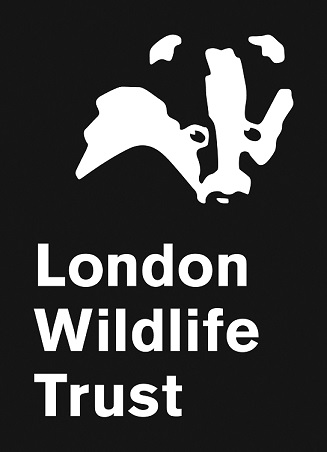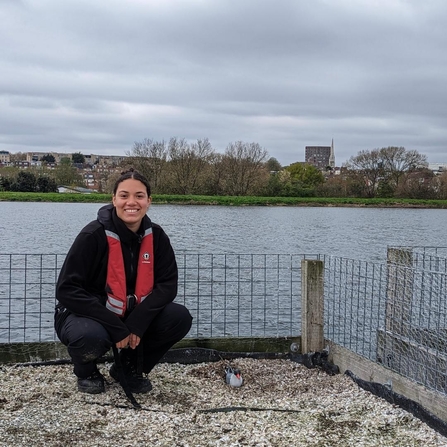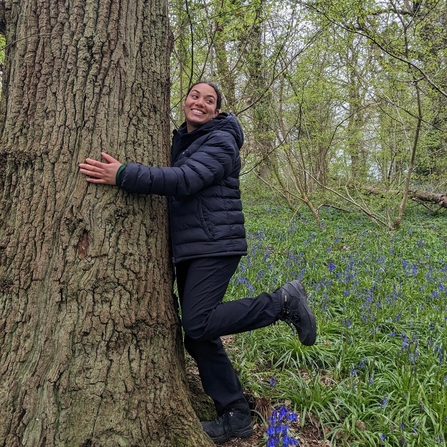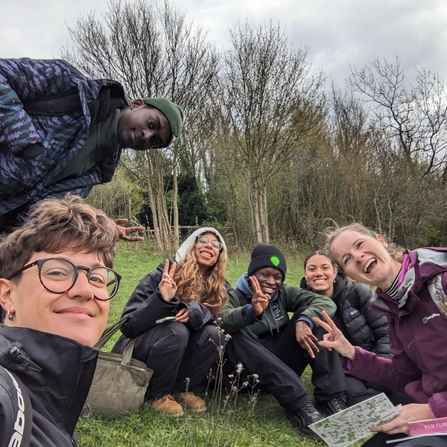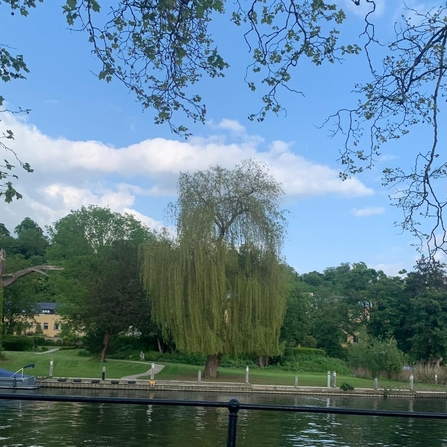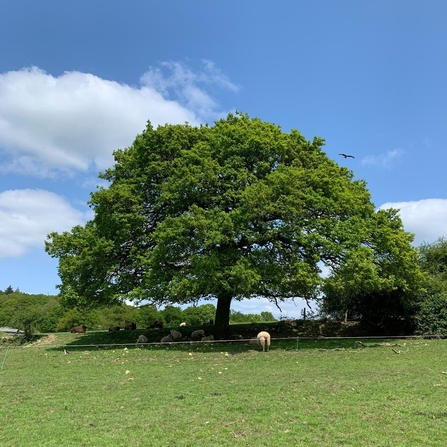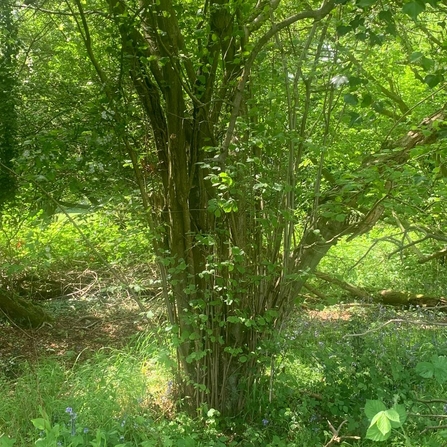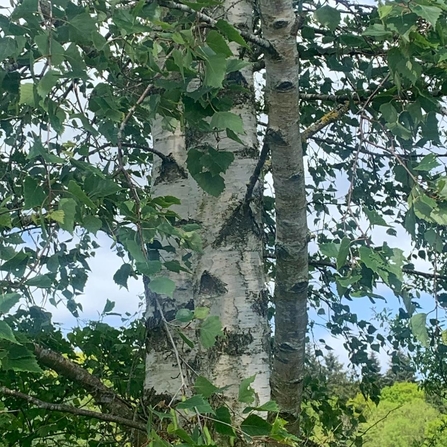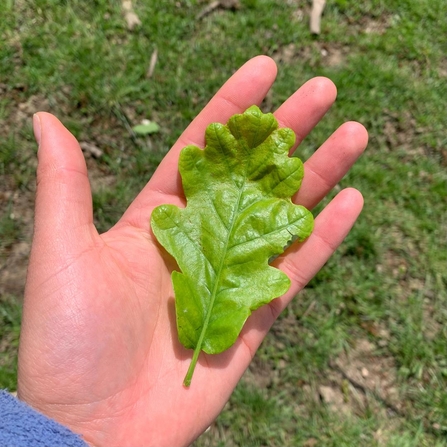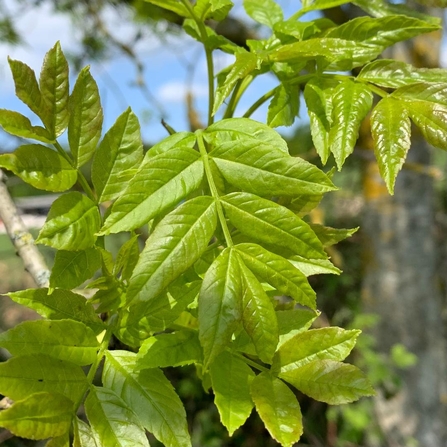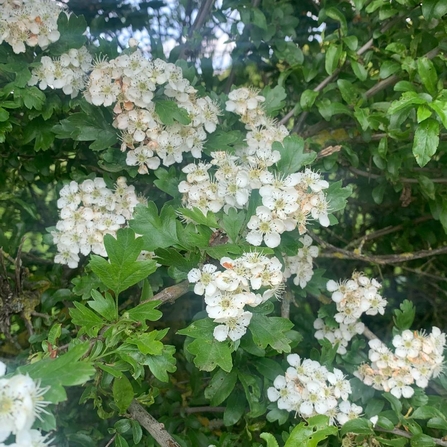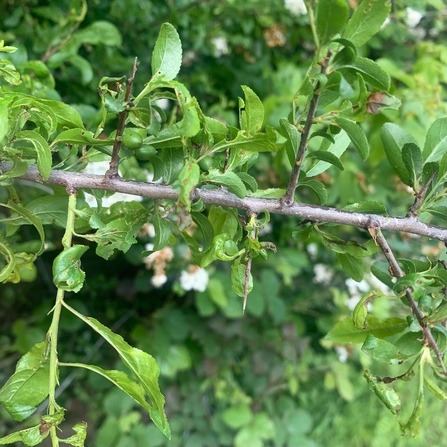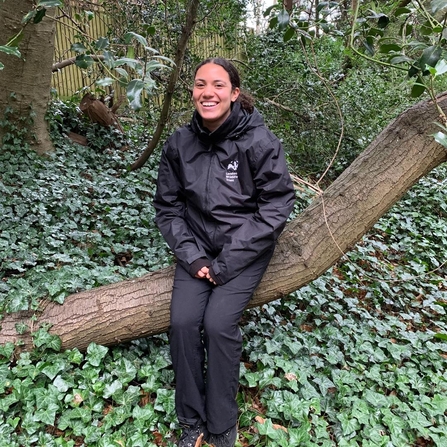Understanding my environment
I have always been curious about nature and love being outdoors in my spare time, but on a day-to-day basis I used to completely ignore nature. Commuting and walking around day-to-day I had tunnel vision of where I needed to be, at what time, things I had to do that day and what I was doing at the weekend. I would walk past trees, wildflowers, and beautiful pockets of nature without batting an eyelid or taking it in. Since joining the Keeping it Wild Traineeship I have learnt so much about wildlife, and I have found that the more I learn, the more questions I have.
I came across the Keeping it Wild Traineeship at a Green Jobs Fair held at Walthamstow Wetlands in October 2022. I was desperately wanting to learn about jobs in the conservation sector and what I had to do to kickstart my career. At this point I had been applying for many roles and not hearing back due to my lack of practical conservation experience. I instantly got excited about what the Keeping it Wild Traineeship had to offer and put in an application.
Throughout the traineeship I have learnt vital conservation skills like surveying, carrying out maintenance and repairs on site, how to use, store and maintain conservation tools (e.g., a brush cutter that I had never used before), what goes into the planning and delivery of practical conservation sessions with volunteers, education, and community engagement sessions, as well as species identification skills that I lacked.
